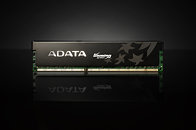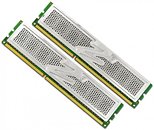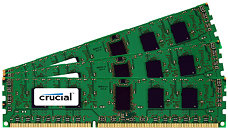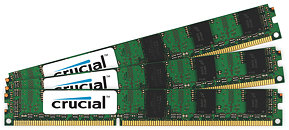
ASUS Readies the Zenbook UX21A and UX31A Ultrabooks
As soon as Intel rolls out its Ivy Bridge mobile processors ASUS' ultrabook offering will be updated through the release of two Zenbooks, the 11.6-inch UX21A and the 13.3-inch UX31A. Design-wise, these upcoming models are expected to resemble their predecessors (the UX21 and UX31) but they'll feature more juicy specs like (optional) Full HD IPS screens (the UX21A will have a 1366 x 768 display by default, whereas the 'base' UX31A comes with a 1600 x 900 panel), and one of three Ivy Bridge CPUs - the 1.8 GHz Core i3-3217U, 2.4 GHz Core i5-3317U or 2.8 GHz Core i7-3517U, with a 17 W TDP.













